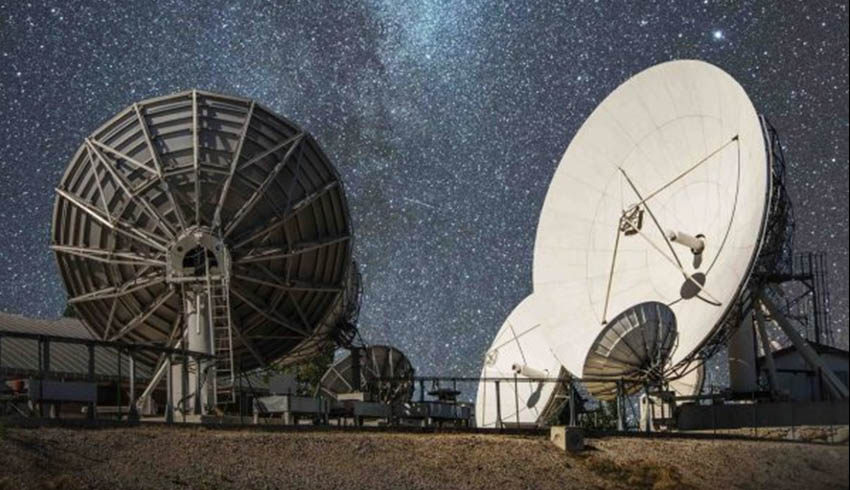The European Network of Operations Centres will enable opportunities for joint action, knowledge sharing and technical interchange, and allow engineers and other professionals to benefit from crossed exchanges and mobility.
This joint approach is expected to generate savings for European taxpayers through avoidance of duplication, and through optimisation of existing capabilities and capacity on a wider European scale.
The role of any mission control centre is to operate spacecraft in orbit, sending commands and downloading status information on the health and functioning of the satellite as well as the vital science data gathered by the craft’s instruments.
Training teams and building, operating and improving the mission control systems and ground stations needed to fly any mission is a complex process. Under the Network of Operations Centres initiative, Europe’s institutional control centres are joining forces, with each benefiting from the expertise and capabilities available at the other while reducing risk and increasing synergies for all missions.
Rolf Densing, ESA’s Director of Operations, said, “By sharing our knowledge, ground infrastructure and technologies, we can drive innovation across all of our agencies for the benefit of Europe.
“Joining forces means we can achieve together more than we could on our own, as we increase coordination, share operational tools and infrastructure and maximise the return on investment in ground systems and operations for Europe,” Densing further explained.
ESA’s main mission control centre is located in Darmstadt, Germany, while CNES’ is in Toulouse, France.
The two agencies have set a priority on cooperation across the full spectrum of ground systems engineering, from mission control and flight dynamics to laser-based optical communication and enhanced cooperation in the field of international technical standards.
By sharing some of the on-the-ground infrastructure, such as spacecraft tracking stations and antennas, agencies in the network of operations centres will enjoy increased robustness and redundancy in their ability to communicate with their spacecraft, reducing risk for costly missions.
The two agencies will also benefit from using engineering knowledge and data systems that can work together, improving interoperability. The ESA-CNES agreement follows a similar agreement made between ESA and DLR, whose control centre is in Oberpfaffenhofen, near Munich, in December last year.
Frédéric Pradeilles, Director of Digital, Ground Segments and Operations, said, “This Memorandum of Cooperation marks a cornerstone for our agencies, as we develop our complementarity and face the challenges that lie ahead, together.”
As much of the mission control hardware and software used by the three agencies are made in Europe, the network of operations centres effort will also boost opportunities and competitiveness in the world market for European high-tech industry.
The agreement was signed on 24 October at the International Astronautical Congress in Washington, DC, US.

